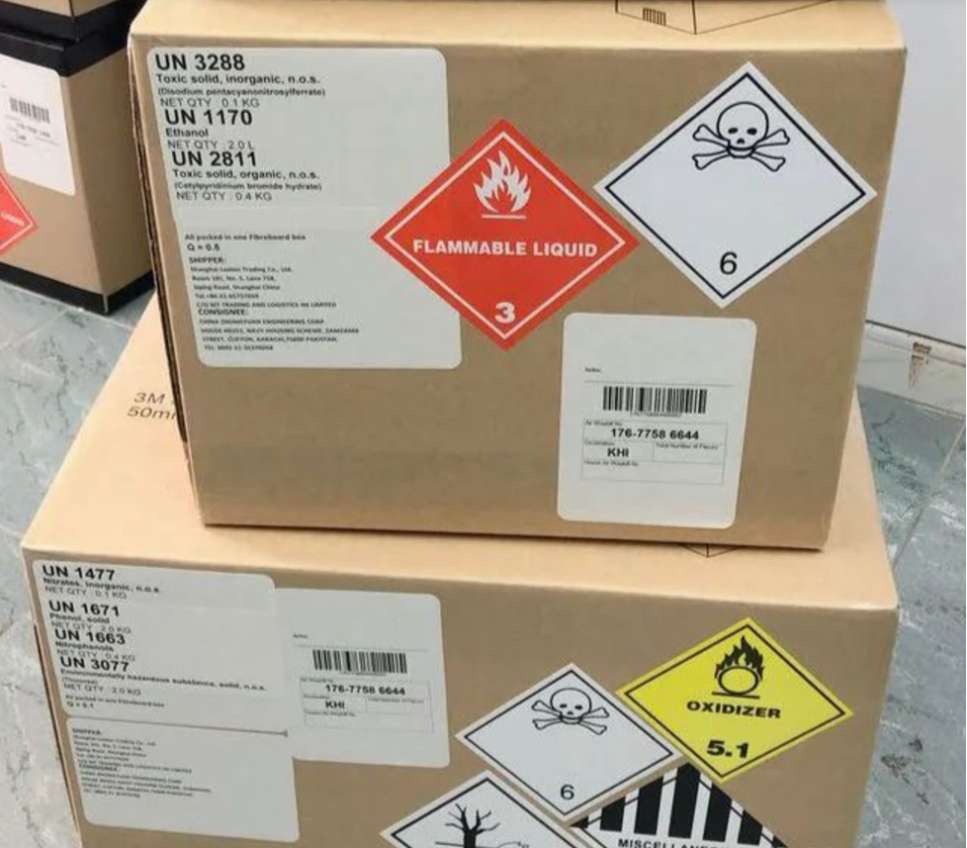NEWS & BLOG
Views: 259 Author: Site Editor Publish Time: 2022-12-07 Origin: Site
This can be done from the following:

Ensure that all labels and markings for dangerous goods, (printed/handwritten information on the carton) are on one side of the package. Labels must be affixed flat, not folded. (If the labels and markings cannot be placed on one side, a larger carton is required, as per IATA regulations, all information relating to dangerous goods must be placed on one side of the carton, but directional labels must be placed on the other side.

The name and address of the shipper and consignee must be securely attached to the outer carton, or durably printed or marked on the outer surface of the package. Do not print the address on paper and place it in the bag as it may be lost and your consignment may be prohibited.
For many shipments of dangerous goods, a Shipper's Dangerous Goods Declaration is required. To ensure that the declaration does not fall off the packaging, fold it, place it in a strong clear plastic bag and attach it to the outside of the packaging.
The type of dangerous goods you are transporting can be immediately identified by their diamond-shaped dangerous goods label. So make sure you use the correct hazmat labels and attach them to the carton in a diamond shape (set at a 45° angle).
The correct transport-specific name, the applicable UN Dangerous Goods number, and the UN package specification mark, usually need to be printed directly on the carton designed for dangerous goods. It is therefore important to keep these details clearly visible and unobscured by tape and any stickers.
If the shipment contains liquids, ensure that two directional labels are attached to opposite sides of the package and that the front of the package is facing upwards.
From 1 January 2019, shipments containing lithium batteries (Section II and Section IB) must be labelled with a lithium battery mark in place of the obsolete lithium battery handling label. Although the two look similar, the use of obsolete lithium battery handling labels is a violation of dangerous goods regulations.
As required by the IATA Dangerous Goods Regulations, the net weight of dry ice is to be marked on shipments of dry ice. Please ensure that the net weight of the dry ice is marked next to the Class IX Dangerous Goods label on the dry ice package, rather than marking it on the label.
If you are transporting goods that are environmentally hazardous (with UN Dangerous Goods number (UN 3082 or UN 3077), make sure that you have attached the label with "dead trees and dead fish" on the right hand side to the package, otherwise you may be fined or there may be a delay in your shipment.
Shipping requirements and documentation requirements may vary from carrier to carrier. This article is for information only and is subject to the requirements of the freight forwarder before shipping.